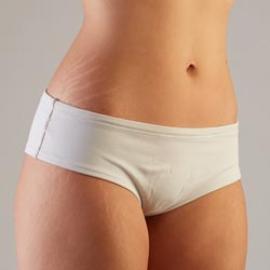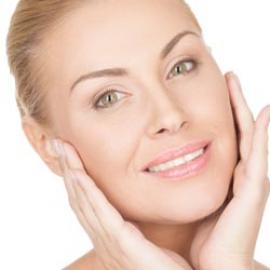
Excessive sweating of the feet or plantar hyperhidrosis often occurs during puberty, especially in men. The associated smells quickly lead to taunting. The adult patient may become socially isolated, particularly when the patient is a woman for whom the issue of foot odor is often a taboo. Aesthetic medicine provides easy antiperspirant treatment by injection of botulinum toxin.
The causes: how does excessive foot perspiration appear?
Plantar hyperhidrosis is defined as localized hypersweating at the arch of the feet, where the skin is abundant in sweat glands.
General information about sweat glands
The sweat gland is a skin gland that secretes sweat, with a dual role:
- Thermoregulator, by removing excess heat from the body;
- Excretory, by detoxifying.
There are two kinds of glands and two types of sweat:
- An apocrine sweat gland is always related to the pilosebaceous follicles. They are distributed both in the genital area and under the arms. Its thick sweat is a combination of pheromones, water, urea and ammonia.
- An eccrine sweat gland is situated on the rest of the body, including the foot arch. Their sweat is liquid, odorless, consisting mainly of water, lactic acid and mineral salts.
The production of sweat from these glands depends on the sympathetic ANS (autonomous nervous system) that manages stress. Although adrenaline is the primary neurotransmitter it is acetylcholine found at the end of the chain that activates the secretion of sweat.
What is foot hyperhidrosis?
Heavy perspiration affecting the soles of the feet stays a dysfunction that is probably of hereditary origin, but is poorly understood: it is idiopathic plantar hyperhidrosis, often occuring during puberty, and decreasing in frequency beyond the age of 40.
More rarely, excessive sweating of the feet is the result of another identified disorder, and we then speak of secondary plantar hyperhidrosis: hyperthyroidism, diabetic disease, pheochromocytoma, ...
Symptoms of foot hyperhidrosis
The major clinical sign is still the soles of the feet that sweat excessively and regularly for no apparent reason.
This liquid sweat is soaking between the toes. Impacted people often feel a cold on their feet, in the middle of a warm atmosphere, because this sweat reduces heat that cannot evaporate, accentuating the "sauna" effect of a shoe.
This lack of ventilation is causing secondary signs with germ proliferation:
- The lactic acid of sweat lowers the pH, which contributes to the growth of the fungi, resulting in more or less circular, often red or white fungal lesions.
- Maceration softens the horny layer of the epidermis, weakening the skin, resulting in more frequent ingrown nails, ulcers or blisters.
- Moisture contributes to the development of bacteria that give rise to bad smells (bromidrosis) by producing catabolic waste.
It is then when troubles in the social bond can develop, with shame and embarrassment, resulting in physical and then psychological isolation: one is ashamed of body odors and loses self-confidence.
How can I get rid of my foot perspiration?
When he studied a disease called botulism, provoked by botulinum toxin from Clostridium botulinum, Justinus Kerner had already noted in 1880 that botulism patients did not sweat. We know why today. An antiperspirant injection of botulinum toxin will block acetylcholine receptors. Without this neurotransmitter, the sweat gland will no longer receive a signal and will no longer trigger its secretion. The production of sweat is stopping.
The treatment of plantar hyperhidrosis presumes beforehand that your aesthetic doctor has evaluated how it is a source of suffering or discomfort for you.
It is based on questionnaires derived from the HIC (Hyperhidrosis Impact Questionnaire) or the DLQ (Dermatology Life Quality Index), global references in this field.
If a very localized plantar hyperhidrosis is suspected, your practitioner may perform a minor test (starch and iodine derivatives such as Lugol) to see where the secretion occurs. Most often, however, he or she will perform a complete treatment of the soles of the feet. This foot injection of botulinum toxin demands some expertise to target the medium dermis because the skin of the soles of the legs is thick. The injection should be made neither too much on the surface nor too deep, at the risk of a disappointing result.
Your practitioner uses a Botox type syringe with a local anesthetic for maximum comfort. An anesthetic cream may increase the lack of pain.
Botox injection will show its results after five to ten days, by reducing plantar perspiration, with an average effectiveness of about six months.
The bad odour of the feet fades away with perspiration.




















































